|
My Visit to Siddhi, Chitwan, August 25-28, 2018 Written by Yumiko Kawamura, IGA member from Japan Thanks to the wonderful assistance of Heifer International Nepal, I had the opportunity to visit Siddhi, a hillside village in Chitwan, where most residents are from the Chepang people group. The purpose of my visit to Siddhi was to witness the current livelihood status of Chepang and how goat initiatives deployed in 2012 by Heifer International Nepal are progressing. The Chepang are one of 125 ethnic groups found in Nepal. They live in central Nepal along the steep slopes of the Mahabharat range from 45 meters to 1,400 meters above sea level. They are found in Makawanpur, Dhading, Chitwan and Gorka Districts, which are among Nepal’s 75 administrative districts. Based on their low economic status and threatened cultural identity, the Chepang are categorized as a highly marginalized indigenous group by National Foundation for Development of Indigenous Nationalities (NFDIN) (World Vision Advocacy Forum, 2009). According to a 2011 population census, there are 68,399 Chepang people in Nepal among which 34,640 are males and 33,779 females; and more than 97% of Chepang people live in rural areas (CBS, 2011). 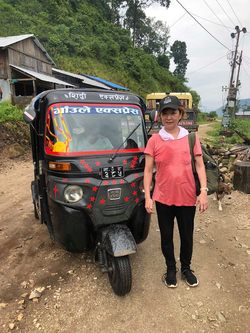 Siddhi Express Siddhi Express Historically, the Chepang people have lived semi-nomadic lives in the dense forest of the Mahabhart hills. Chepang men traditionally hunted wild animals, birds, and fish, while the women cared for small children. They are the most disadvantaged people in comparison to other social groups living around their region (Bista, 2013). Their mean average of literacy rate was around 50% in 2011 (United Nations, 2012). Many studies indicate that low Human Development Index (HDI) of ethnic minorities, including Chepang, drags down the entire HDI of Nepal. Siddhi has 648 households with approximately 2,900 population, of which 87% are Chepang, 9% are Tamang, and the rest consists of Dalits and other family roots. Access to Siddhi was a big challenge. It was the end of the rainy season, and the river was full of rapid-running water. We had to cross the river on foot with the assistance of Deepak Chepang, our Chepang guide. On the other side of the river, there was a toku-toku waiting for us. Proudly painted on its side was Siddhi Express. “Wow,” I thought, “They have taxi service!” This was the first surprise I experienced in Siddhi. Approaching the center of the village, I saw many goats, dogs, chickens, and ducks roaming around the road. The toku-toku took us to the farmer’s two-story house on the main street of the village, where we planned to stay for the night. A friendly host farmer family welcomed us with warm smiles and guided us upstairs where three large beds were nicely prepared. It was much fancier room than I had imagined. The room was furnished with electricity so that I could re-charge my cell phone and PC. The host family consists of six family members: a wife and husband with four children. Two of the children go to the community primary school from 10:00-15:00 every day except Saturday. There is also a secondary boarding school across the river, and most of the children go there after graduating the primary school. They speak the Chepang language between themselves but are also very fluent in Nepali. Children and older people are perfectly bi-lingual! 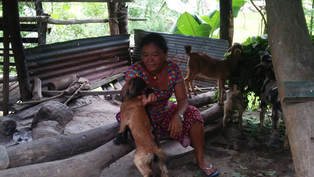 After a rest, Deepak suggested we visit the other farmer’s house where they have successfully reared more than 40 goats, which was a five-minute walk down the hill from where we were staying. According to the farmer’s wife, they started systematically rearing goats in 2012 with assistance provided through a Heifer International Nepal project partner. They were trained how to keep healthy goats, and they began learning how to read and write in the Nepali language. They also learned about raised goat sheds to keep the goats and environment clean. However, she said the most significant change they experienced was access to the major goat market in the nearby town. This has brought them a stable income and a secure livelihood. Thanks to the income from their goats, they can send all their children to school, they have renovated their house and irrigation facilities, and they no longer struggle with fear and anxiety about their future. It was very impressive that they seemed so confident and satisfied with their current life. The wife said, “My husband used to drink a lot and did little work on the field. But he has changed since I participated in the women’s goat cooperative. Now, he goes to the field every day while I take care of our goats. Many things in our lives have been changed since we started rearing goats for selling in the market.” 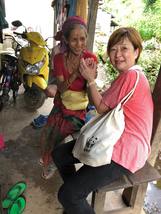 Talking with a Dalit woman. Talking with a Dalit woman. Before dinner, I had a chance to talk with Deepak Chepang about his life and their community. Deepak is 25-years-old, married with one child. He said their life had changed dramatically in the past 10 years. Especially after every household started systematic goat rearing five or six years ago (92% of households in the community joined the Heifer goat initiative). He also said that women in the community were very empowered by this project. “Five or six years ago, not many women were literate,” Deepak said, “but after they joined the women’s goat cooperative, they realized the importance of literacy. Additionally, the power balance in households also changed. Chepang women are no longer subservient to their husband. They have equal voices on important household decisions such as education of their children, sanitation and hygiene, the marriage of their children and so on.” Deepak also mentioned that families with stable lifestyles are promoting Chepang’s traditional values in the community. Now they are very proud of being Chepang. “I want to pass our Chepang culture to my children through festivals, songs, and tales from our ancestors.” It was also surprising to me that everyone, regardless of their ethnicity and caste, is living in harmony. In fact, I had a chance to chat with a Dalit lady in a storefront. She said she was very happy living there because everyone is so kind to her. 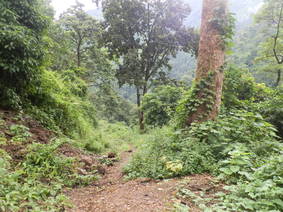 The next morning around 7:30, we departed the center of the Siddih to visit another village on top of the mountain. Deepak estimated it would only be a 30-minute walk. However, it took more than two hours for me to reach the destination. After crossing wild rivers more than three or four times, walking up and up on an endless rough and rocky road, I truly appreciated and was relieved to hear the voices of people shouting “Japone, Japone! (Japanese, Japanese!)” The village was located probably 1,000 km above the main village area of Siddhi. I could see clouds below the village. Deepak guided us to a farmer’s house for lunch. As soon as we arrived, heavy rain started to fall. I felt lucky. The household consisted of nine family members including a 75-year-old grandmother, and two couples with four children. They are also members of the goat cooperative and rear about 30 goats in their raised goat sheds, along with two buffalos and cows. The wife of the son is the chairperson of the cooperative in this community. They fixed a wonderful lunch, which was the best Dal Bhart I ever had in my life, especially after the hectic mountain climbing. After lunch, we moved to another farmer’s house where we planned to stay for the night. Our room was prepared above the goat shed. For a goat lover like me, it was paradise as I could look down on goats peacefully grazing and sleeping below the window. A toilet was near the shed, and the bed was clean and comfortable. I talked with the household owner about their life on the mountains. He is a 50-year-old farmer whose father was a Pande (traditional healer). He also mentioned that the community had experienced a big change in the past ten years. He said his 75-year-old father was too traditional to accept the change, so he now lives apart from his son. He lives with a wife, son and his wife and two grandchildren. Thanks to the interventions of INGOs and NGOs, there have been a lot of improvements, especially in the fields of economy, medical services, education, and agricultural technologies. Above all, the most important change was their access to mainstream goat market in the nearby town, which brings constant income when needed. “Goats are our liquid assets. We cannot live in this remote area without connection to the market. Goat marketing surely changed our life.” I also had a chance to interview with a 75-year-old lady who had experienced the history of this community. She was part of an arranged marriage when she was just 13 and came to this community from an even more remote community over the mountain. She had nine children, of which she lost six children due to disease. She had to struggle to survive as her husband died when she was 45. She had to work from dawn to sunset every day on the field to feed her children and parents-in-law. “But things had been getting better and better especially in the last five or six years,” she said. “Now we don’t have to worry about food. I am very happy living here with my family.” She proudly added, “I still take care of my cows because I am very good at it!” On the way back to the center of Siddhi, I asked Deepak if there is any concern or challenge the community must tackle. He said his community still needs basic infrastructure such as road, bridges, and internet access. Also, he mentioned that there are other Chepang communities in even farther, more remote areas where the people are still struggling with chronic poverty and lack of education. He however proudly said, “I think we can overcome any difficulties we may face because now we have abilities to do so.” Probably, Siddhi is one of the most successful communities with development interventions. The reasons for the success are due to the following three reasons. First, geographically, Siddhi is located near to a town, so market access is relatively easier for them compared to other Chepang communities. Second, religious conversion from Animism to Christianity might have promoted the social cohesion of the community. Interestingly, 90% of the community residents, except Tamang and Dalits, are Christians (Protestant) since it was introduced about 20 years ago. Every Saturday, about 600 people get together at churches for religious services. Christianity might have provided communication opportunities among village people and a new identity as diligent workers. There are 13 churches in Siddhi area (even on top of the mountain). Third, but not least, goat business has clear advantages for them regarding making a stable livelihood. Once the community established access to the main market a with decent pricing system, starting with a small investment and with proper techniques and vet services, goats can be very productive and sustainable business even in remote hillside areas like Siddhi. Because of the size of the animal, women can handle goats easier than cows and buffaloes, which promotes their status in the households. Visiting Siddhi and meeting many of the Chepang people, I am deeply impressed by how successful development projects can change the lives of people. Siddhi is one of the most successful communities with interventions. Not all Chepang people are living as well as the people in Siddhi, but now I believe there is potential for the future of Nepal with better development projects like those started by Heifer International’s Nepal office. Good development projects make people happy, gentle and equal; Siddhi people are in fact much happier than many of those who work 12 hours a day with heavy stress in Tokyo. I wish to express my deepest appreciation to Ms. Suminima Shresta of Heifer International Nepal and her staff in Chitwan as well as to the staff of WWGC, the project partner of Heifer. This trip to Siddhi surely changed my life.
2 Comments
JEAN-MARIE LUGINBUHL
12/20/2018 01:28:59 pm
Very nice article. Great pictures
Reply
Leave a Reply. |
IGA Blog
The International Goat Association promotes goat research and development for the benefit of humankind, to alleviate poverty, to promote prosperity and to improve the quality of life. Archives
May 2024
Categories
All
|
|
International Goat Association
2516 Millbrook Rd., Little Rock, AR72227 USA email: [email protected] -454-1641 |
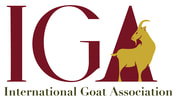
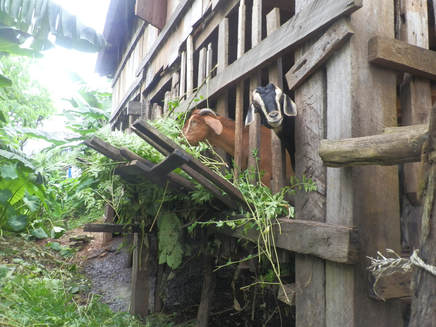
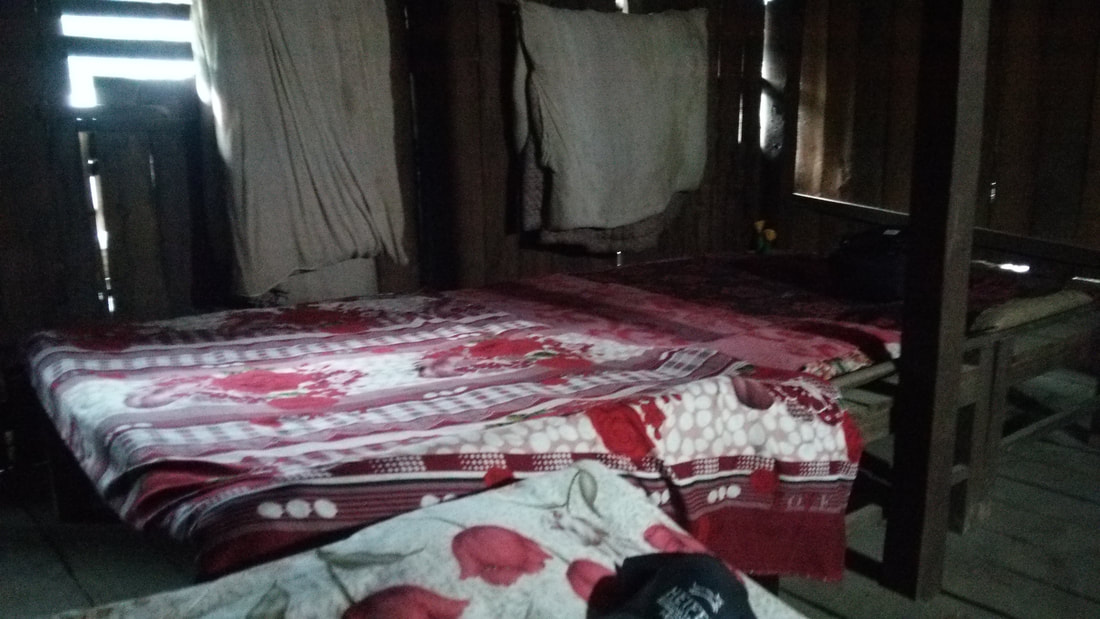
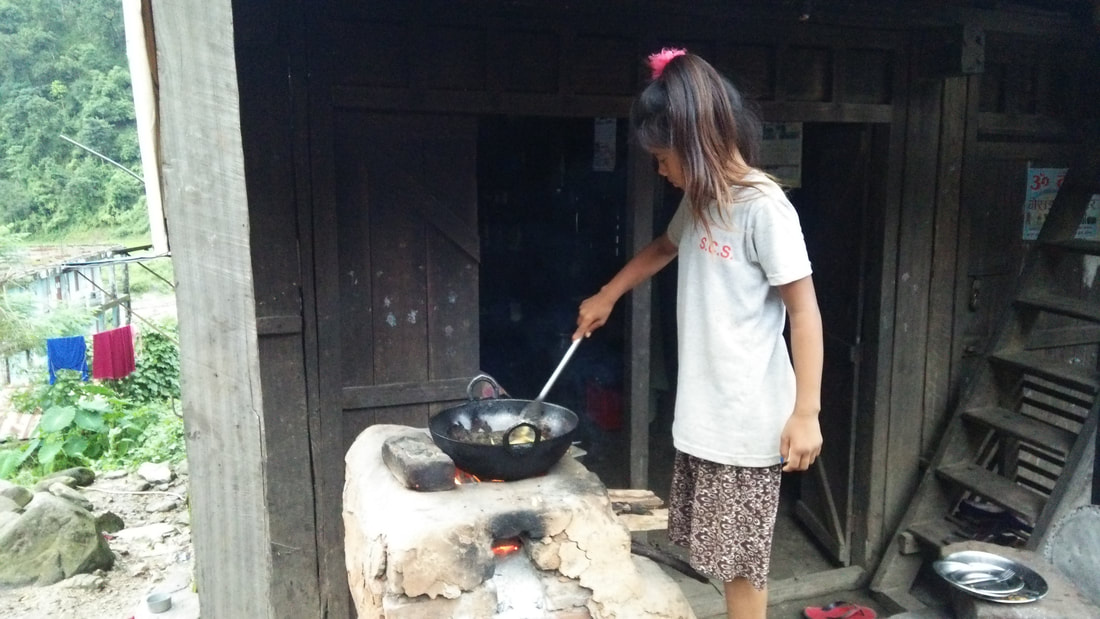
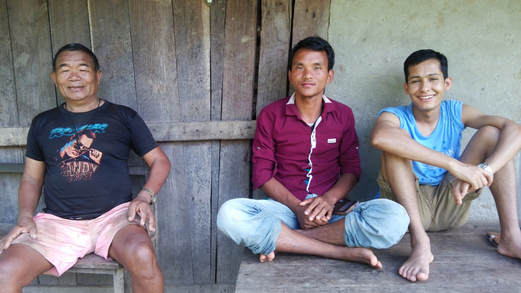
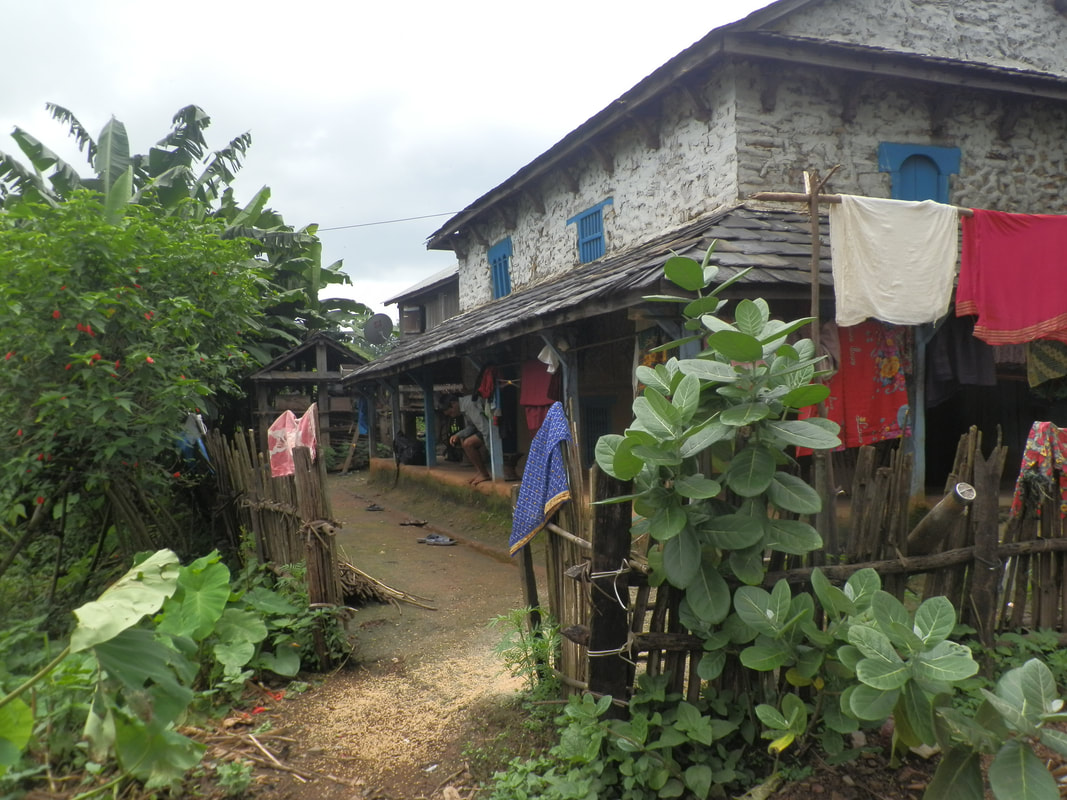
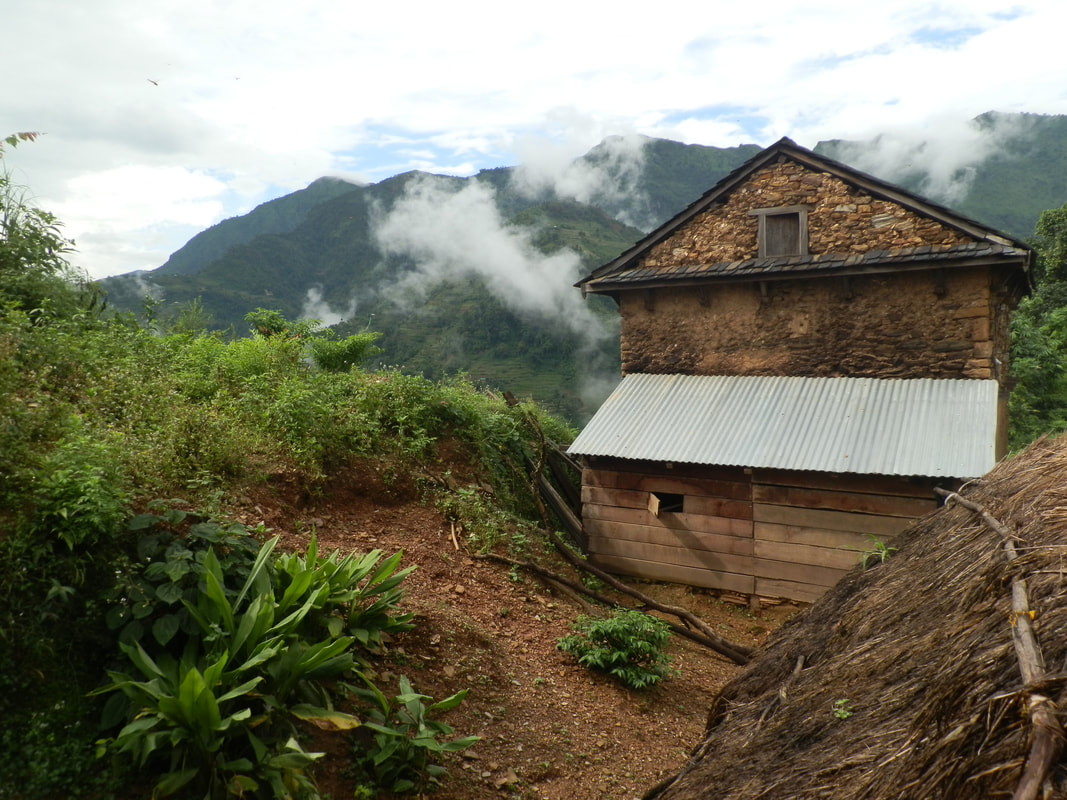
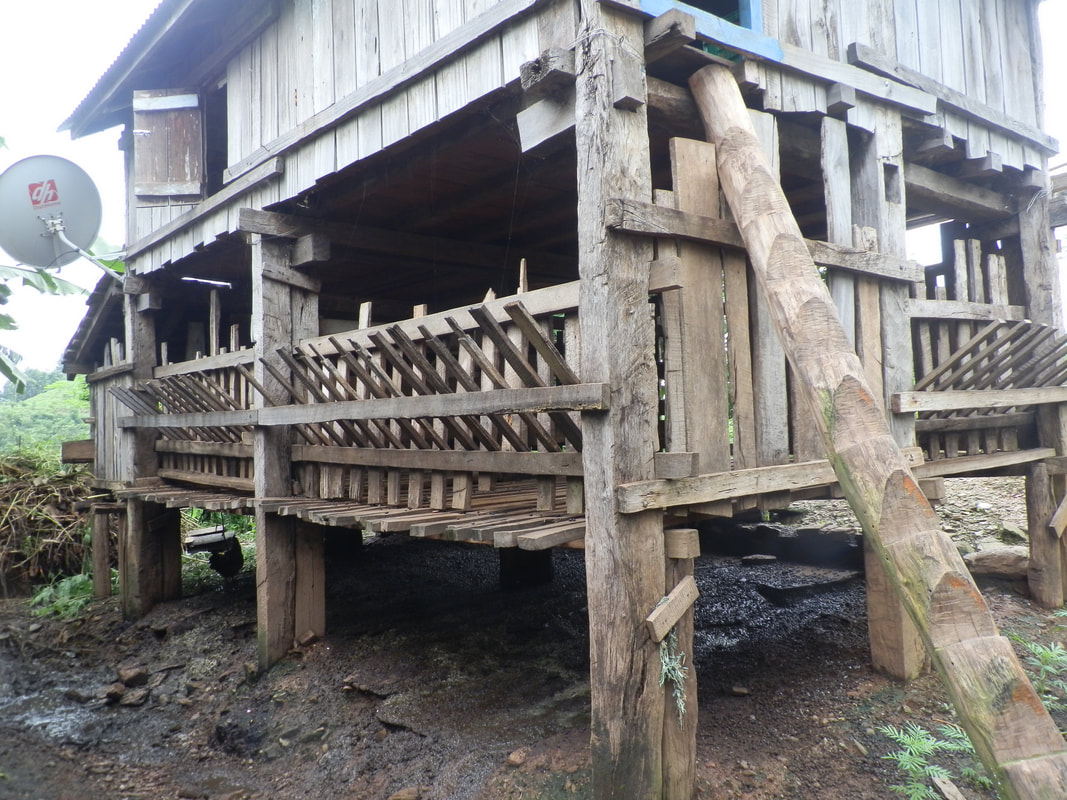
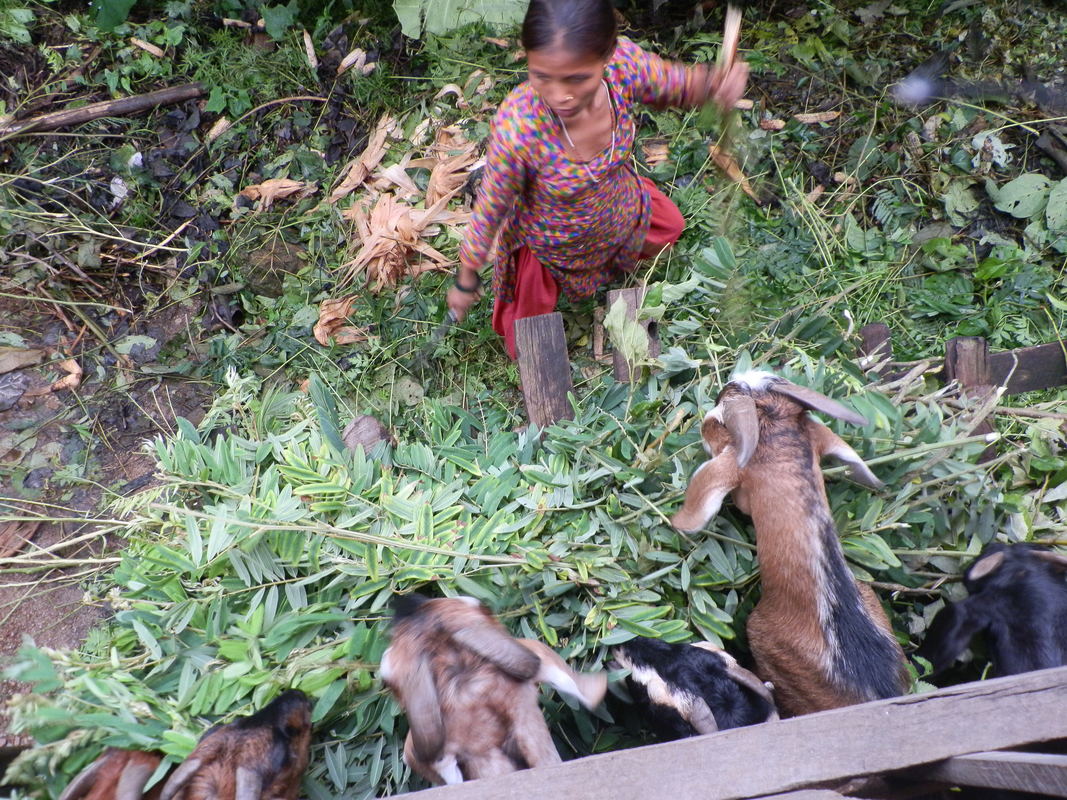
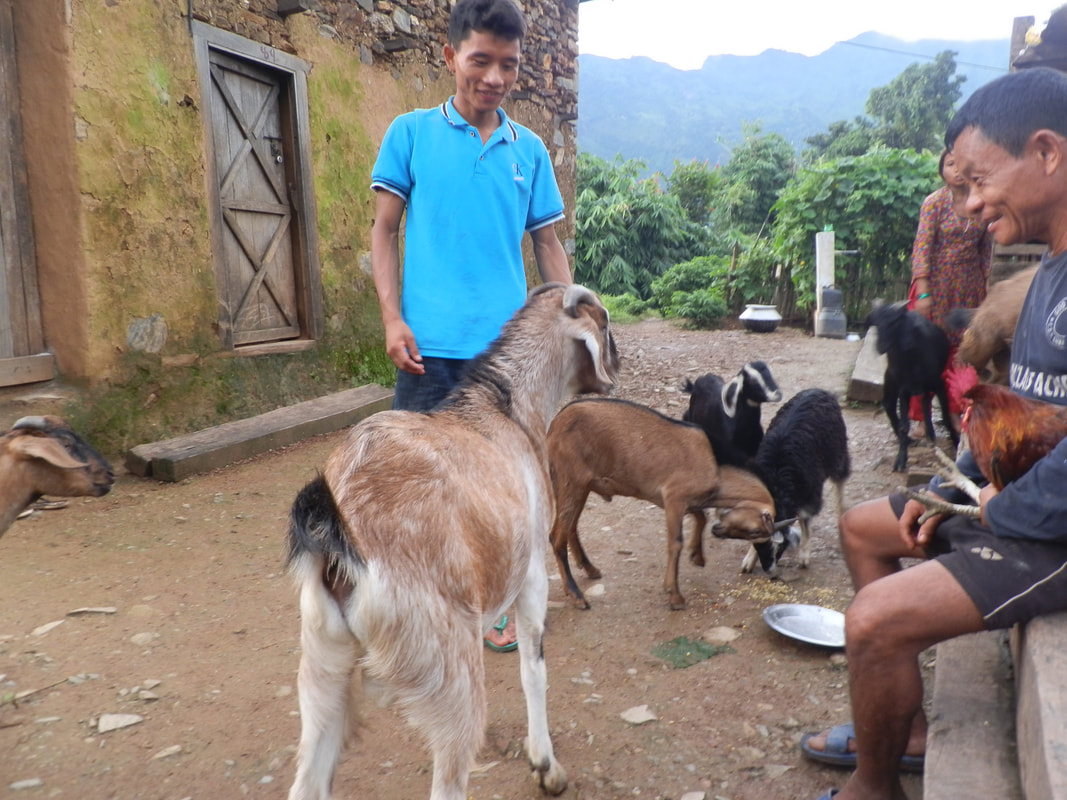
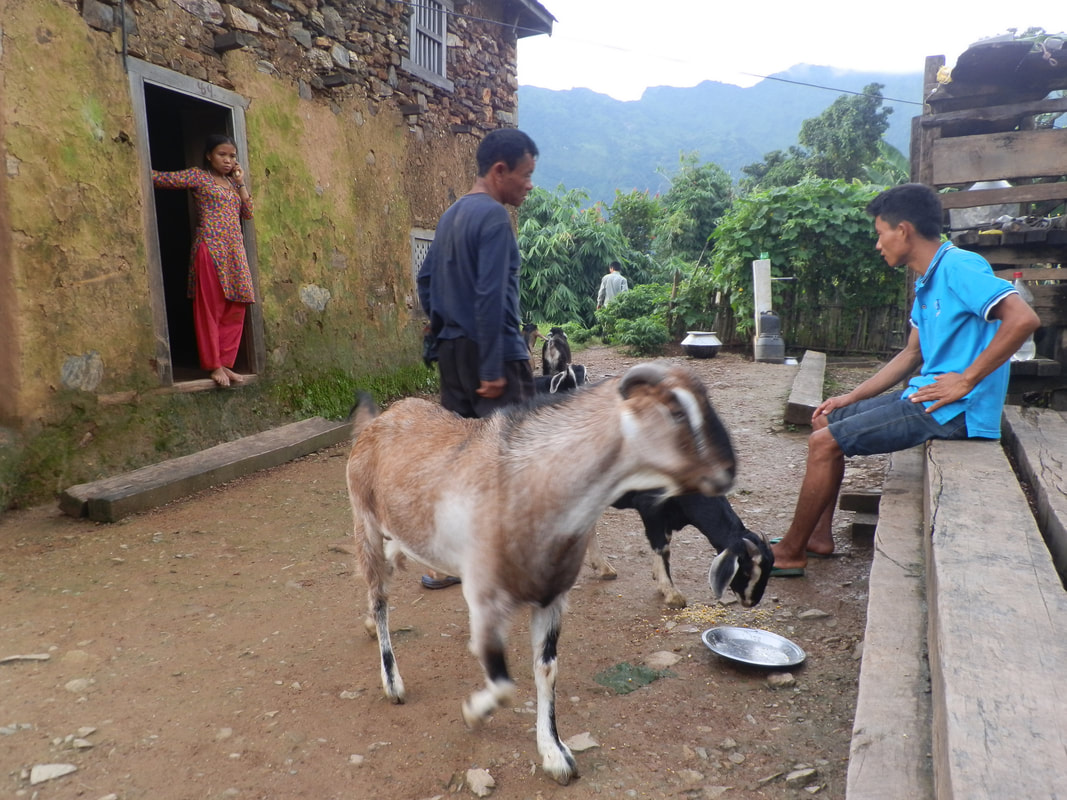
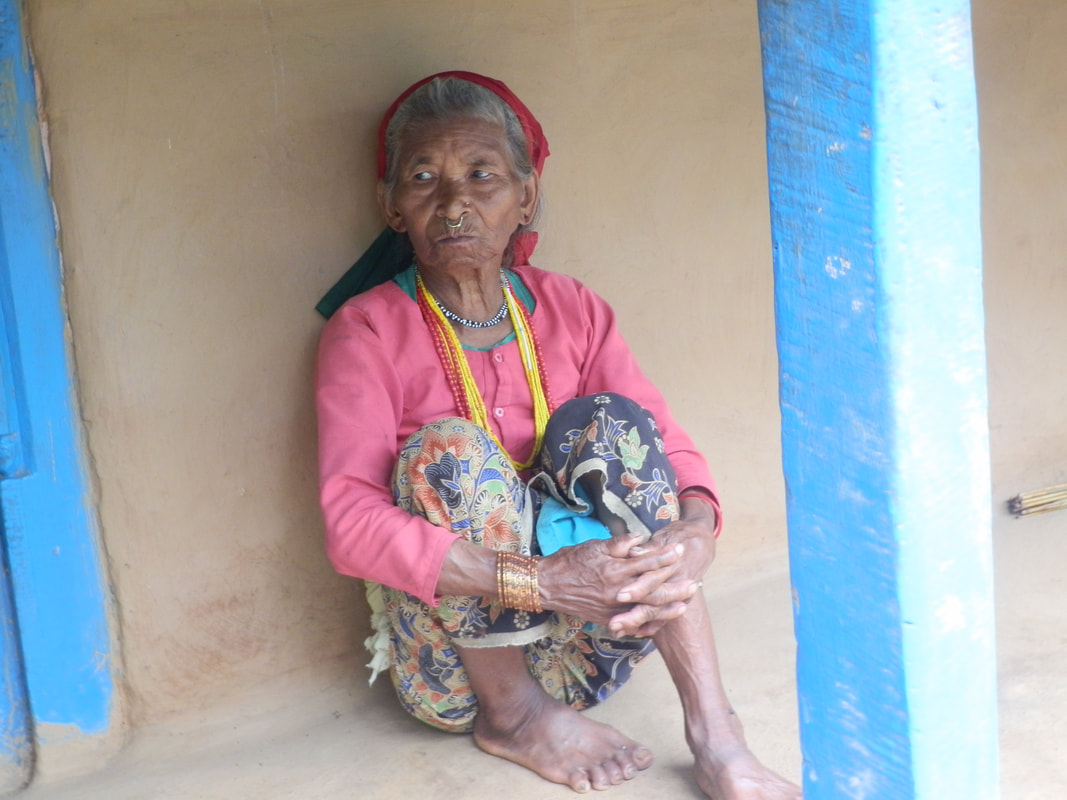
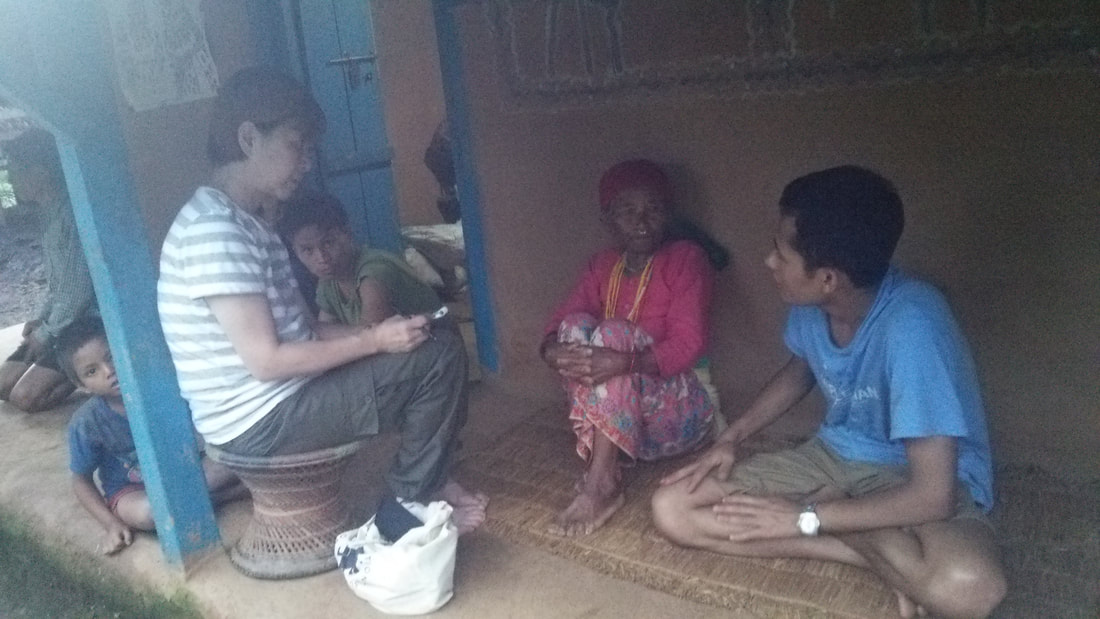
 RSS Feed
RSS Feed